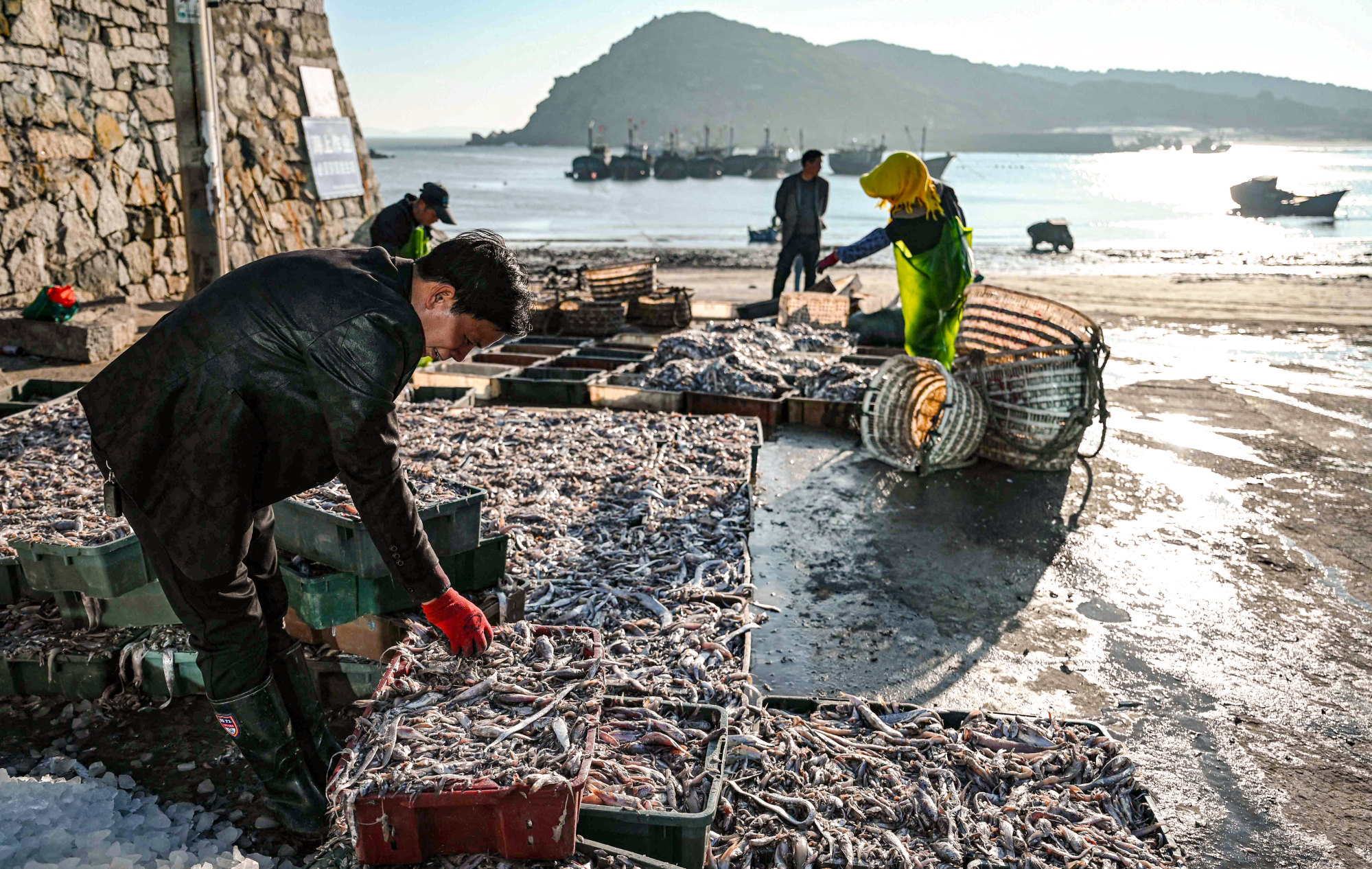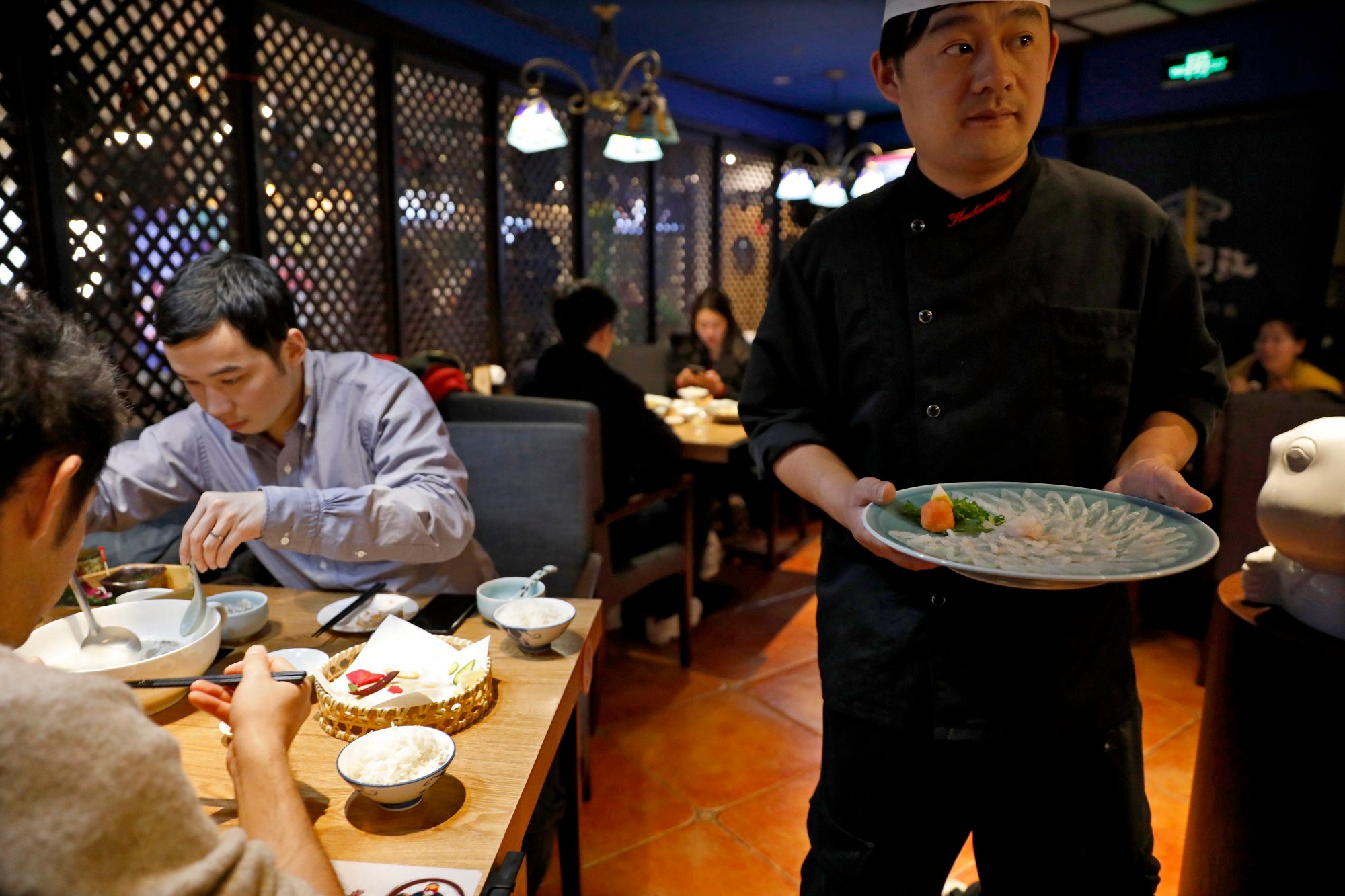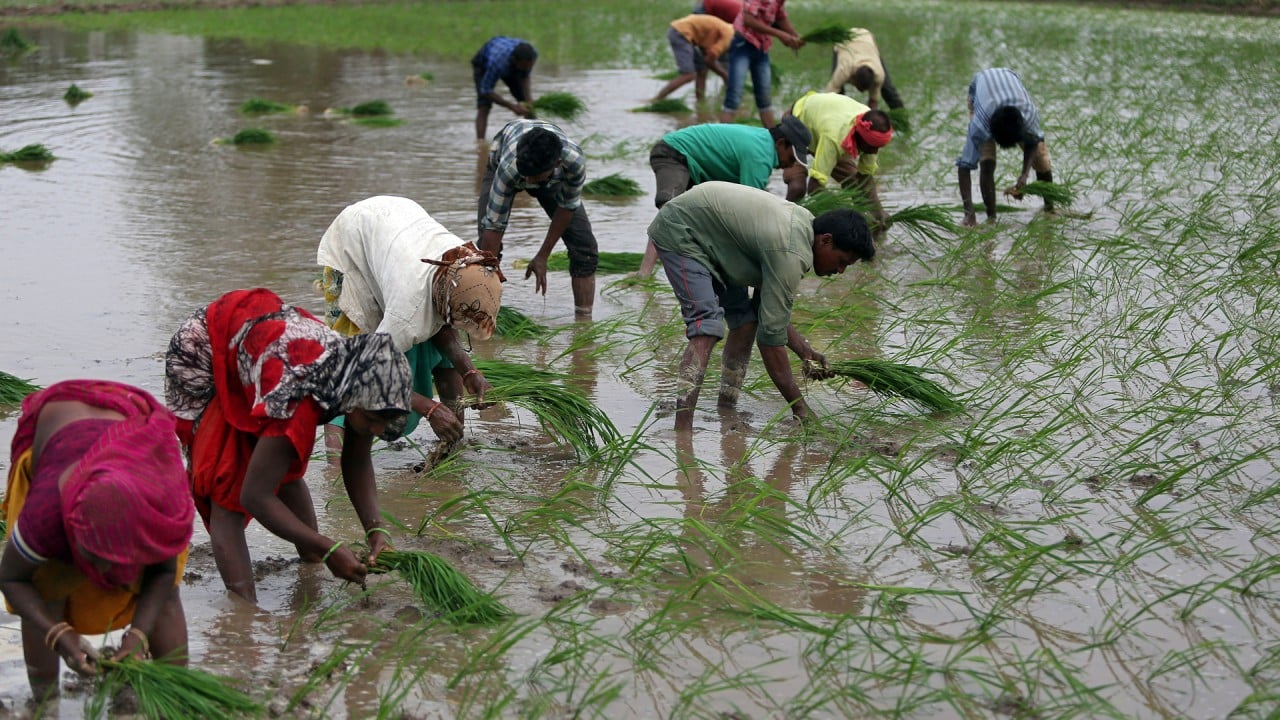The FAO’s food balance sheets cover 187 countries from 2010 to 2021 and measure a country’s supplies based on combined production and imports, providing a snapshot of what is potentially available for consumption.
India, a country with a population similar to China’s, had a daily per capita protein supply of just 70.52 grams (2.48 ounces) in 2021, according to the FAO’s food balance sheet.
Among the top five most populous countries, Indonesia reached 79.75 grams (2.81 ounces), followed by Pakistan at 70.77 grams (2.49 ounces) and Nigeria at 59.08 grams (2.08 ounces).
China has so far surpassed the United States in many areas of living standards, including life expectancy, health insurance coverage, high-speed rail and 5G, but overtaking American agriculture is a much tougher task.
China’s population of 1.4 billion is more than four times that of the United States, and some believed it was impossible for it to reach Western levels of food security without pushing the planet into an unsustainable future.
American environmental analyst Lester Brown predicted in his 1995 book: Who will feed China? The Asian giant could end up having to import huge amounts of grain to feed its people, triggering an unprecedented rise in world food prices.
The theory has gained support among some politicians, and former US President Barack Obama used it to justify his China policy during an interview on an Australian television program in April 2010.
“If over a billion Chinese people were to adopt the same lifestyle patterns as Australians and Americans today, we would all be in for a very bad time. The planet cannot stand it,” Obama told ABC’s 7.30 Report.
While Obama’s intention may have been to provoke Beijing’s climate change efforts, his comments sparked deep resentment in China and were widely seen as justification for curbing China’s growth and development.
Instead, China has bolstered its protein supplies not only through imports but also through the development of intensive livestock, agriculture and aquaculture, raising some of its foods to some of the highest standards in the world.
But Chinese people are also showing that it’s possible to increase their protein intake without eating as much meat as Americans, and do so in a way that benefits the planet.
As well as its recognised health benefits, plant-based protein also has environmental advantages: for example, soy produces 56% more protein per kilogram compared to beef and has 48 times less carbon dioxide emissions.
According to the FAO food balance sheet, 69% of the U.S.’s protein supply came from animal products such as meat, fish, eggs and dairy products in 2021. In contrast, China’s animal protein supply was about half that of the U.S.

China’s protein supply is heavily plant-based, with vegetables, fruits, beans, nuts, seeds, wheat, oats, rice, barley, corn and products accounting for 60.5 percent.
According to FAO data, China’s per capita protein supply increased by 15.81 grams (0.55 ounces) from 2010 to 2021, with about two-thirds of that coming from plant foods. Nearly all of the U.S. increase of 5.31 grams (0.18 ounces) came from animal foods.
Although Chinese per capita meat consumption lags far behind that of the U.S., China’s large population makes it the world’s largest consumer of animal products, accounting for 27% of the global total in 2021, according to a report by McKinsey & Company.
In 1944, the journal Science estimated that animal protein made up just 5 percent of China’s protein intake; by 1990, that figure had risen to about 26.96 percent.
By 2019, animal protein accounted for 49.2 percent of China’s protein intake, according to a Chinese study published last year in the peer-reviewed journal Environment, Development and Sustainability.

Hong Ming Lam, a professor of life sciences at the Chinese University of Hong Kong, said China’s consumption of animal products began to soar around 2000.
“In the past, China’s diet was not centered around animal meat. Eating animal meat is a symbol of wealth. In parallel with the growth of the Chinese economy, more and more people have become able to eat meat,” he said.
But growing feed crops leads to increased land and resource use and greenhouse gas emissions, creating sustainability problems, he said.
“China imports a lot of soybeans every year, most of which are used for oil extraction and animal feed,” Lam said. “Plant-based protein that doesn’t require complex processing would be ideal for a large number of people,” he added.
Lam worked with researchers from China, Vietnam, the UK and Canada to explore how willing people are to change their diets to help mitigate climate change, and published their findings in February in the peer-reviewed journal Cell Reports Sustainability.
Lam and his colleagues surveyed individuals in China, Japan and Vietnam and found that “many Asian consumers still prefer traditional diets centered around rice and pork over alternative foods.”
If current trends continue, meat consumption in China could increase 21 percent from 2010 levels by the end of the century, according to UN projections.
“While consumption of animal protein is increasing in Asia, beef consumption has not yet reached the levels seen in Western markets,” meaning policy measures could help reduce this trend.
The Chinese government is encouraging its citizens to eat less animal products and more plant protein.

Other recommendations include eating vegetables at every meal, consuming soy and grain products daily, increasing fish intake and reducing highly processed meats, according to the China Center for Disease Control and Prevention.
According to the FAO food balance sheet, China’s top 10 sources of protein are wheat, rice and their products, followed by vegetables, pork, chicken, eggs, freshwater fish, soybeans, peanuts and milk excluding butter.
According to the FAO, Iceland led the world in protein supply with 145.62 grams (5.13 ounces), while the Democratic Republic of the Congo had the lowest at 28.59 grams (1 ounce), down about 3 grams (0.105822 ounces) since 2010.



